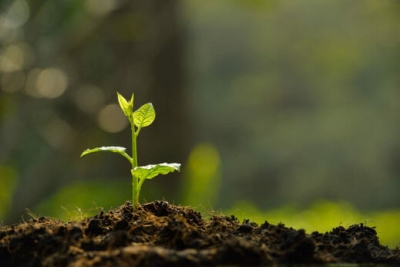
Hackathon is a competition organized by Eco-Champs for school students to solve environmental problems with on-ground impacts.
With climate change affecting people, countries and ecosystems, it's time to give serious thought towards making our planet a better place to live in and saving the environment. In this context, Bhumi, an NGO, is organising a unique green Hackathon for school students. This Hack-a-thon is an initiative of Bhumi's Eco-Champs program.
Eco-Champs Hackathon will enable young minds to think, innovate and execute solutions to fight climate change. The Hindu In School is the Media Partner for the event.
It is designed for students of classes 5-9 and kickstarts in April 2022.
Immediate threat
Climate change poses an immediate threat to our children. It refers to changes in the atmosphere that are thought to be affecting the world's climate, mostly resulting in a warmer world. Plastic worsens climate change releasing harmful greenhouse gases. Natural resources such as clean air and water will slowly but surely become scarce for future generations.
It is now imperative for our children to become action-takers on environmental issues. Eco-Champs Hackathon is an attempt to ignite this green spirit in our children.
Themes
The themes of this Hackathon focus on
single-use plastic bags
increasing plastic toys in the market
* chemical-based sanitation products leading to microplastic and pollution in the water bodies.
Who can participate?
Students from classes 5-9 can take part .Students can register for the Hackathon as a team or individually on the website.
It spans over a period of two months, where students will work on their problem
statements and arrive at a solution. The participants will also be provided with an interactive platform to connect with industry experts. These experts will guide them to design frameworks on how to convert their ideas into action and build sustainable alternatives and solutions.
The Hackathon concludes with a final presentation of the 20 shortlisted ideas on the occasion of World Environment Day, June 5, 2022. The winners will be awarded cash prizes up to Rs 10,000.
Picture Credit : Google


